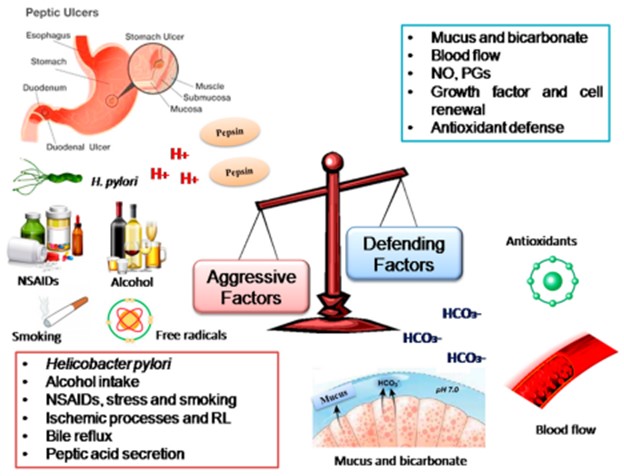A nurse is reviewing the medication history of a client. The nurse should identify that which of the following medications places the client at risk for hypokalemia?
Acyclovir 400 mg PO twice daily
Furosemide 80 mg PO daily
Cimetidine 300 mg PO four times per day
Meloxicam 5 mg PO once daily
The Correct Answer is B
Furosemide is a loop diuretic commonly prescribed for conditions such as hypertension and edema. One of the side effects of furosemide is the increased excretion of potassium in the urine, which can lead to low potassium levels in the body, known as hypokalemia. The other medications mentioned do not typically place the client at risk for hypokalemia: Acyclovir 400 mg PO twice daily: Acyclovir is an antiviral medication used to treat viral infections, such as herpes. It does not have a direct effect on potassium levels. Cimetidine 300 mg PO four times per day: Cimetidine is a histamine H2 receptor antagonist commonly used to reduce stomach acid production. It does not have a direct effect on potassium levels.
Meloxicam 5 mg PO once daily: Meloxicam is a nonsteroidal anti-inflammatory drug (NSAID) used for pain relief. It does not have a direct effect on potassium levels.
Nursing Test Bank
Naxlex Comprehensive Predictor Exams
Related Questions
Correct Answer is C,A,D,E,B
Explanation
To pour the sterile solution onto a piece of gauze, the nurse should perform the steps in the following order:
1. Pick up the bottle with the label facing his palm.
2. Remove the bottle cap.
3. Pour 1 to 2 mL into a receptacle.
4. Pour the solution onto the gauze.
5. Place the bottle cap inside up on a clean surface.
It is important to maintain sterility throughout the procedure to prevent contamination. By following this order, the nurse ensures that the solution is poured onto the gauze while minimizing the risk of contamination. Placing the bottle cap inside up on a clean surface after removing it helps maintain the sterility of the cap as well.
Correct Answer is C
Explanation
Ibuprofen is a nonsteroidal anti-inflammatory drug (NSAID) that can increase the risk of developing peptic ulcers. It can cause irritation and damage to the lining of the stomach and small intestine, leading to the formation of ulcers.

The other options may not directly contribute to the development of peptic ulcers:
History of bulimia: While repeated vomiting can irritate the esophagus, it is less likely to directly cause peptic ulcers.
Consuming spicy foods 5 to 8 times weekly: Spicy foods can exacerbate the symptoms of existing peptic ulcers, but they are not considered a direct risk factor for their development.
Drinking green tea: Green tea is generally considered to have health benefits and is not known to be a risk factor for peptic ulcers.
Whether you are a student looking to ace your exams or a practicing nurse seeking to enhance your expertise , our nursing education contents will empower you with the confidence and competence to make a difference in the lives of patients and become a respected leader in the healthcare field.
Visit Naxlex, invest in your future and unlock endless possibilities with our unparalleled nursing education contents today
Report Wrong Answer on the Current Question
Do you disagree with the answer? If yes, what is your expected answer? Explain.
Kindly be descriptive with the issue you are facing.
